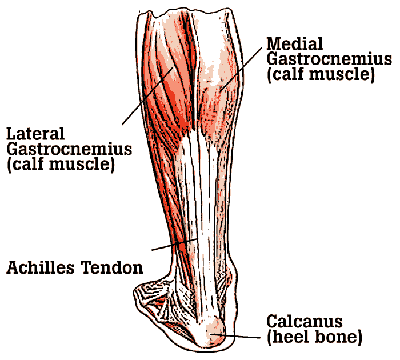Healthcare-associated infection data on all hospitals in Califorinia has been released by the California Department of Public Health (CDPH). This means anyone can see the nosocomial infection rates of their local hospital by unit. But, I urge some caution among consumers with comparing rates of different hospitals and units. Instead, this data should be used to prepare questions and for a discussion with your physician or the hospital. Hospitals may be interested in using this data to benchmark themselves against other hospitals.
Healthcare-associated infection data on all hospitals in Califorinia has been released by the California Department of Public Health (CDPH). This means anyone can see the nosocomial infection rates of their local hospital by unit. But, I urge some caution among consumers with comparing rates of different hospitals and units. Instead, this data should be used to prepare questions and for a discussion with your physician or the hospital. Hospitals may be interested in using this data to benchmark themselves against other hospitals.
Healthcare-associated infections (HAIs) are infections that patients develop during the course of receiving healthcare treatment for other conditions. They can happen following treatment in healthcare facilities including hospitals as well as outpatient surgery centers, dialysis centers, long-term care facilities such as nursing homes, rehabilitation centers, and community clinics. They can also occur during the course of treatment at home. They can be caused by a wide variety of common and unusual bacteria, fungi, and viruses.
HAIs are the most common complication of hospital care, occurring in approximately one in every 20 patients. The following HAIs occurring in hospitalized patients are required to be reported to the CDPH by all California general acute care hospitals:
- Central-line associated bloodstream infections;
- Clostridium difficile infections;
- Methicillin-resistant Staphylococcus aureus (bloodstream)
- vancomycin-resistant Enterococcus (bloodstream)
- Surgical site infections
Data is also available on a couple of hospital practices that that contribute to a reduction in HAI rates and length-of-stay.







